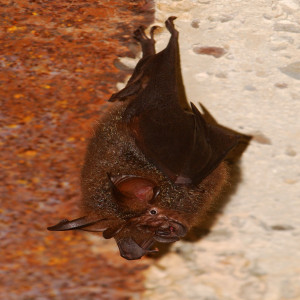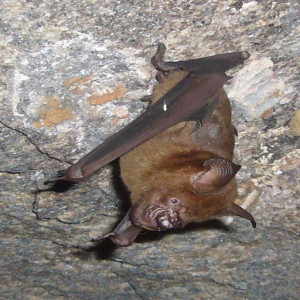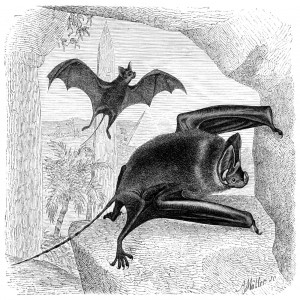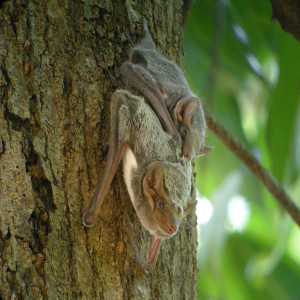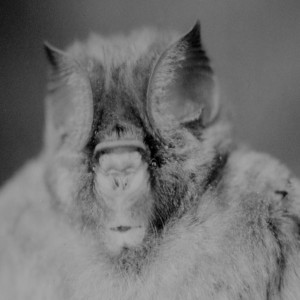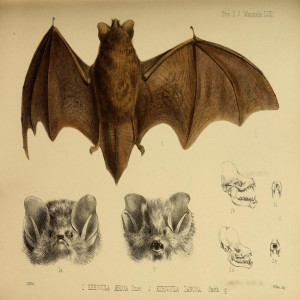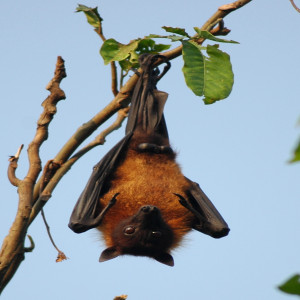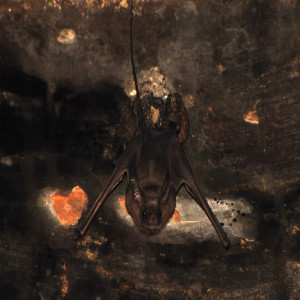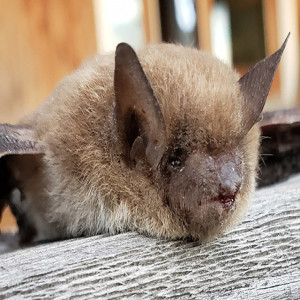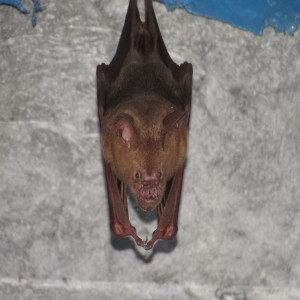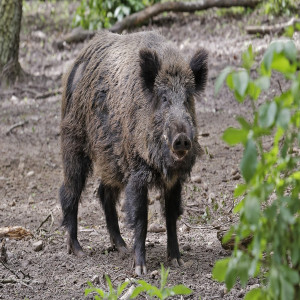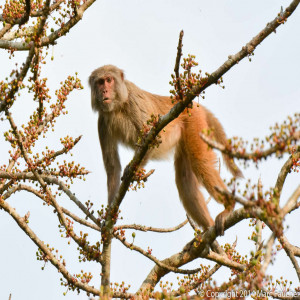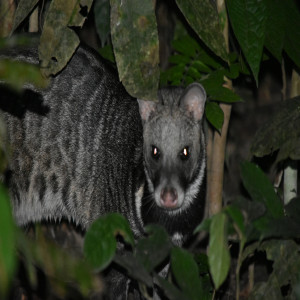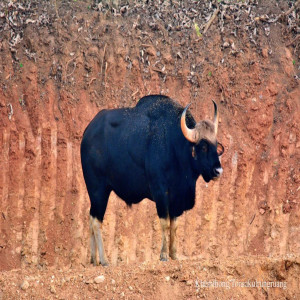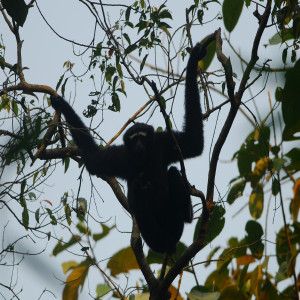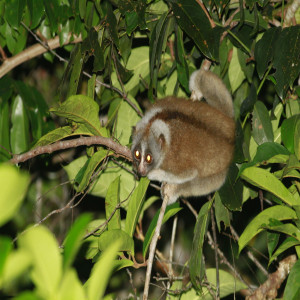@Mnolf
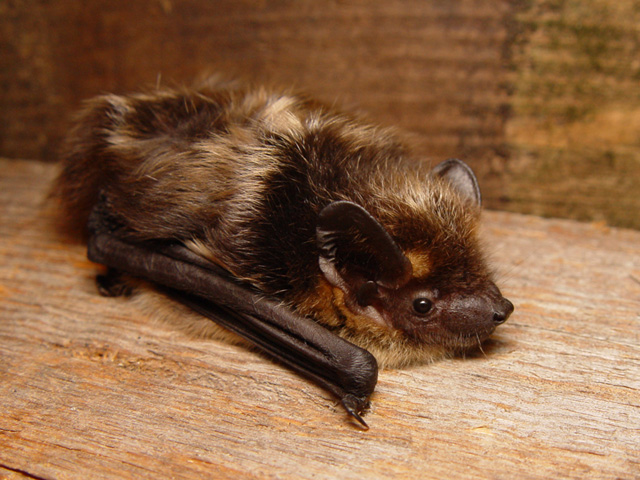
Thick eared Bat Did you see this animal?
Scientific Name : Eptesicus pachyotis
Family : Vespertilionidae
Order : Chiroptera
Class : Mammalia
Phylum : Chordata
Habitat : Forest
Description : The Thick-eared bat is a medium-sized bat, with a wingspan of 25-30 cm and a body length of 4-5 cm. Its fur is generally light brown or grey, with a distinctive yellowish-brown patch around the base of each ear.
It uses echolocation to navigate and locate prey. It emits high-frequency sounds that bounce off objects and are then detected by the bat's sensitive ears. The bat then uses the information it gathers from these sounds to navigate and find food. The Thick-eared bat's echolocation calls are relatively low in frequency compared to other bat species, and it is able to detect and capture prey with remarkable precision.
The Thick-eared bat is an insectivorous species, and it primarily feeds on moths and other flying insects. It catches its prey in flight using its sharp claws and consumes it while still in flight. This makes the Thick-eared bat a formidable predator, capable of capturing its prey with remarkable speed and agility.
The Thick-eared bat prefers to roost in buildings, trees, and caves, and is often found in urban areas. During the winter months, it hibernates in caves and other sheltered places. It is a solitary animal that is active mainly at night. It is known for its slow and fluttery flight, and for its habit of hovering in front of foliage as it searches for insects.
The Thick-eared bat is not considered to be a species at high risk of extinction, and is classified as a species of "least concern" by the IUCN. However, like many bat species, it is threatened by habitat loss and disturbance. The loss of roosting sites and hunting grounds due to urbanization, deforestation, and other forms of habitat destruction pose a significant threat to the Thick-eared bat's populations in some parts of its range.
It uses echolocation to navigate and locate prey. It emits high-frequency sounds that bounce off objects and are then detected by the bat's sensitive ears. The bat then uses the information it gathers from these sounds to navigate and find food. The Thick-eared bat's echolocation calls are relatively low in frequency compared to other bat species, and it is able to detect and capture prey with remarkable precision.
The Thick-eared bat is an insectivorous species, and it primarily feeds on moths and other flying insects. It catches its prey in flight using its sharp claws and consumes it while still in flight. This makes the Thick-eared bat a formidable predator, capable of capturing its prey with remarkable speed and agility.
The Thick-eared bat prefers to roost in buildings, trees, and caves, and is often found in urban areas. During the winter months, it hibernates in caves and other sheltered places. It is a solitary animal that is active mainly at night. It is known for its slow and fluttery flight, and for its habit of hovering in front of foliage as it searches for insects.
The Thick-eared bat is not considered to be a species at high risk of extinction, and is classified as a species of "least concern" by the IUCN. However, like many bat species, it is threatened by habitat loss and disturbance. The loss of roosting sites and hunting grounds due to urbanization, deforestation, and other forms of habitat destruction pose a significant threat to the Thick-eared bat's populations in some parts of its range.
Distribution in Bangladesh
References:
description written by:Asad U. Tanvir,Department of Zoology,Jagannath University,Dhaka; reviewed by:Muntasir Akash,Department of Zoology,University of Dhaka;Taxonomic Checklist:Red List of Bangladesh Volume 2: Mammals, 2015, IUCN; information sources:www.indiabiodiversity.org; photo credit:Mnolf(www.inaturalist.org/Mnolf), photo copyright: iNaturalist.more information please contact with us.
description written by:Asad U. Tanvir,Department of Zoology,Jagannath University,Dhaka; reviewed by:Muntasir Akash,Department of Zoology,University of Dhaka;Taxonomic Checklist:Red List of Bangladesh Volume 2: Mammals, 2015, IUCN; information sources:www.indiabiodiversity.org; photo credit:Mnolf(www.inaturalist.org/Mnolf), photo copyright: iNaturalist.more information please contact with us.
